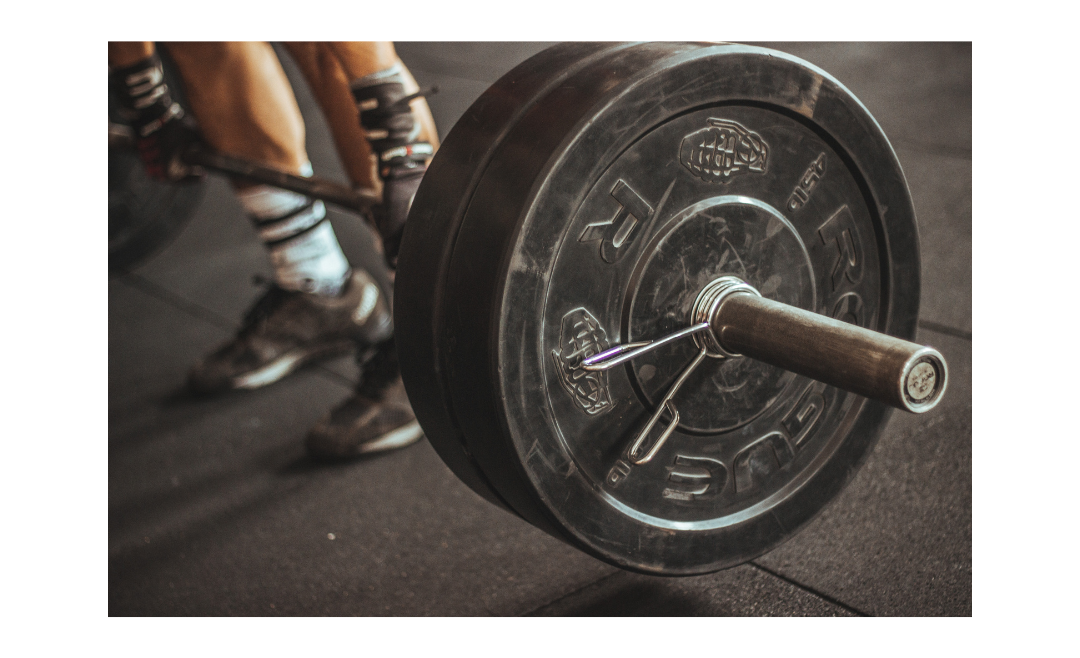Weightlifting: Building Strength and Confidence
Weightlifting is more than just moving heavy weights—it’s a transformative practice that builds physical strength, mental resilience, and lasting confidence. As one of the most effective ways to enhance overall health, weight training offers numerous benefits for people of all ages, fitness levels, and goals. Whether you’re aiming to build muscle, support healthy aging, or simply improve your quality of life, weightlifting is a powerful tool in any fitness journey.
The Physical Benefits of Weightlifting
- Muscle Growth and Toning: Weightlifting stimulates muscle fibers, promoting hypertrophy (muscle growth) and increasing muscle tone. Regular training helps develop a lean, strong physique.
- Increased Metabolic Rate: More muscle mass means your body burns more calories at rest. This makes weightlifting an excellent complement to fat loss and weight management programs.
- Improved Bone Density: Resistance training places stress on bones, encouraging them to become denser and stronger. This is especially important for reducing the risk of osteoporosis and fractures, particularly as we age.
- Enhanced Joint Health and Stability: Strengthening the muscles around joints improves stability and reduces the likelihood of injury. Proper form and balanced training can alleviate joint pain and support long-term mobility.
- Better Posture and Balance: Weightlifting strengthens the core and stabilizing muscles, helping to correct postural imbalances and improve coordination.
The Mental and Emotional Benefits of Weightlifting
- Boosted Confidence and Self-Esteem: Watching yourself grow stronger over time can be incredibly empowering. Reaching strength milestones fosters a sense of achievement and boosts body image.
- Reduced Stress and Anxiety: Exercise, including weightlifting, triggers the release of endorphins—the body’s natural mood enhancers. This leads to reduced stress and improved emotional well-being.
- Improved Focus and Discipline: Weightlifting requires concentration, proper technique, and consistent effort, cultivating mental sharpness, discipline, and resilience over time.
Getting Started with Weightlifting
- Learn Proper Form: Start with light weights and focus on mastering technique. Consider working with a personal trainer or using video tutorials to ensure safe and effective movement.
- Progress Gradually: Increase weights incrementally to avoid injury and allow your body to adapt. Consistency and gradual overload are key to long-term progress.
- Incorporate All Major Muscle Groups: A balanced routine targets legs, back, chest, arms, shoulders, and core to promote overall strength and symmetry.
- Schedule Rest Days: Muscles grow during recovery. Ensure adequate rest and sleep to optimize performance and results.
- Fuel Your Body: Support your training with a balanced diet rich in protein, healthy fats, and complex carbs to aid muscle repair and energy levels.
Weightlifting for All Ages and Lifestyles
Weightlifting is suitable for people of all ages—from teenagers to older adults—when done correctly. For seniors, strength training helps preserve muscle mass, maintain independence, and enhance quality of life. For busy professionals, short but consistent sessions can yield impressive results.
Conclusion
Weightlifting is a powerful form of exercise that builds both body and mind. With benefits ranging from stronger muscles and bones to improved mood and confidence, it’s a foundational component of a balanced, healthy lifestyle. No matter your age or fitness level, adding resistance training to your routine can lead to a more empowered, resilient, and fulfilling life.
FREQUENTLY ASKED QUESTIONS
Q: Is weightlifting safe for beginners? Yes, with proper guidance and form, weightlifting is safe and highly beneficial for beginners. Starting with bodyweight exercises or light weights is recommended.
Q: Will weightlifting make me bulky? Not unless you are specifically training and eating for significant muscle mass. Most individuals gain lean muscle tone and definition rather than bulk.
Q: How often should I lift weights? 2–4 times a week is ideal, depending on your goals, experience level, and recovery needs.
Q: Can older adults benefit from weightlifting? Absolutely. Resistance training supports bone health, balance, and muscle mass, all of which are crucial for aging gracefully.
Q: Should I do cardio or weightlifting first? It depends on your goals. For strength or muscle building, prioritize weightlifting first; for endurance, start with cardio.
Contact our friendly Osteo team at MOSIC. We can help you prevent or recover from your injuries.

